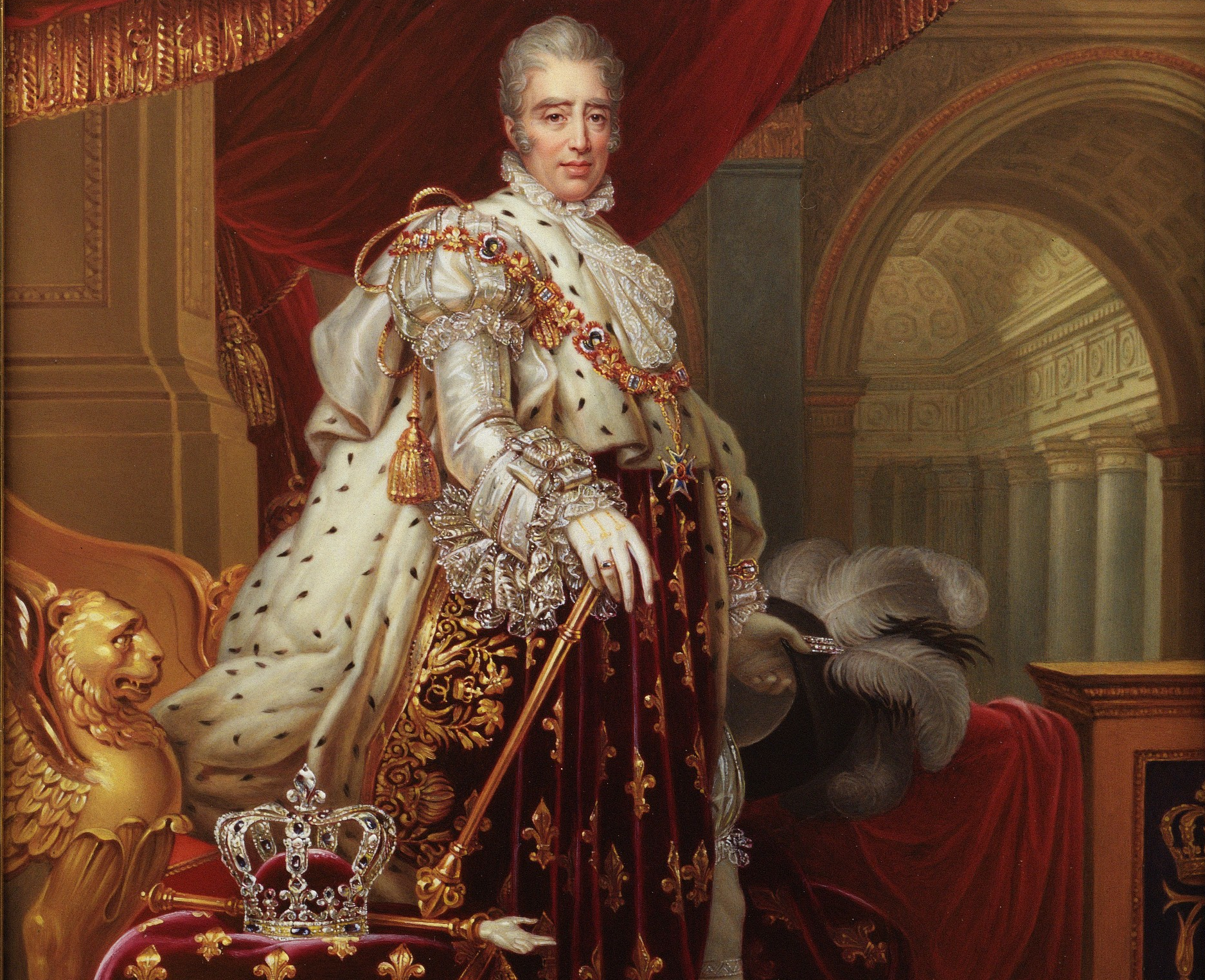
CAOs in DAOs' Clothing. An Overview on Governance Absolutism
DAOs, as their name imply, aim for decentralization. But their behavior and design may be corrupted towards a centralized state. While most DAOs have to deal with temporary centralization vectors—like governance attacks and admin paralysis—sometimes, centralized status becomes permanent. This goes against the core doctrine of diverse participation prevalent in DAO discourse. Instead of distributing governance action to its community, a DAO may fall into governance absolutism. We’ll go over four types of governance absolutism related to DAOs: ...

